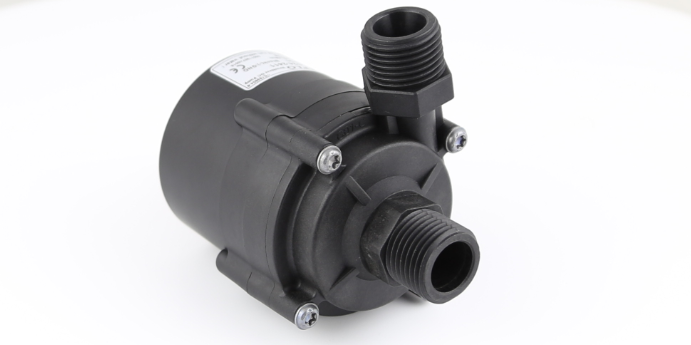What is a Water Heater pump?
In modern bathrooms, electric water heaters are now a common sight, providing much-needed convenience for daily washing routines. These devices are powered by electricity to heat water and are considered one of the three main types of water heaters, alongside gas and solar water heaters. Electric water heaters are typically classified into three types: storage-type (also known as thermal storage or volumetric type), instant heating, and semi-storage (quick heating) types, based on their heating method.
How Does an Electric Water Heater Work?
The operation of electric water heaters is based on a simple principle. Cold water enters the storage tank from the water supply system under pressure. Inside the tank, a heating element heats the water, with the thermostat and timer controlling the process. As the water warms up, it rises to the top of the tank. When you turn on the hot water tap, cold water enters the bottom of the tank, and the hot water at the top is pushed out due to atmospheric pressure.
Installation Guide for Electric Water Heaters
- Choosing the Right Location: The water heater is typically installed in the bathroom, and it’s crucial to mount it on a load-bearing wall as required by most manufacturers. A load-bearing wall is generally a thick, solid wall made of materials like brick or concrete. If a non-load-bearing wall such as foam brick or hollow brick is present, professional reinforcement is necessary.
- Proximity to Drainage: Ideally, the electric water heater should be located close to the drainage system but away from the toilet area to ensure proper functionality.
- Allowing for Maintenance Space: It’s important to leave enough space for future maintenance. Typically, the area to the right of the water heater should be at least 30cm. If the unit is partially or fully installed in the ceiling, the cover panel must be removable for easy access during maintenance.
- Pressure Relief Valve: Always install a pressure relief valve with a discharge pipe leading to the floor drain to ensure safety and prevent over-pressurization.
- Pipe Installation Requirements: Ensure the inlet and outlet pipes are properly spaced, with at least 30cm from the bottom of the unit for the inlet pipe, 10cm between the inlet and outlet pipes, and 15cm between the cold and hot water ports on the mixing valve.

The Importance of a Water Heater Pump
A water heater pump (electric shower booster pump) is a compact centrifugal pump designed to enhance water pressure in electric water heaters. The pump works by rotating the water at high speeds inside the pump cavity using an impeller, creating centrifugal force to boost the water pressure. This ensures that the water pressure coming out of the heater is higher than the incoming supply pressure, allowing users to enjoy consistent water flow and adequate pressure, especially during showers.
Where to Install the Water Heater Pump
Typically, the electric water heater pump is mounted inside the electric water heater using a sturdy bracket and is connected to the water inlet pipe. It helps by pumping cold water into the heating element for efficient water heating.
How to Choose the Best Water Heater Pump
When selecting a water heater pump, manufacturers must work closely with pump suppliers to ensure the right pump is chosen for each water heater model. Most commonly, manufacturers opt for DC 12V, 24V, or 36V pumps. Brushless DC pumps, in particular, offer several advantages:
- Improved Efficiency: Brushless DC motors are 30% more efficient compared to traditional AC motors.
- Intelligent Control: These pumps have built-in smart chips that adjust water flow and temperature based on real-time requirements, offering a customized shower experience.
- Stable Voltage: The 12V/24V DC shower booster pump is compatible with the water heater’s internal power supply, ensuring constant voltage and smooth water flow, regardless of electricity consumption peaks.
- Quieter Operation: Compared to AC pumps,BLDC pumps generate significantly less noise, improving the comfort of your shower.
- Longer Lifespan and Compact Design: These pumps boast a lifespan of up to 20,000 hours and are smaller in size, which enhances the overall design and durability of the water heater system.
